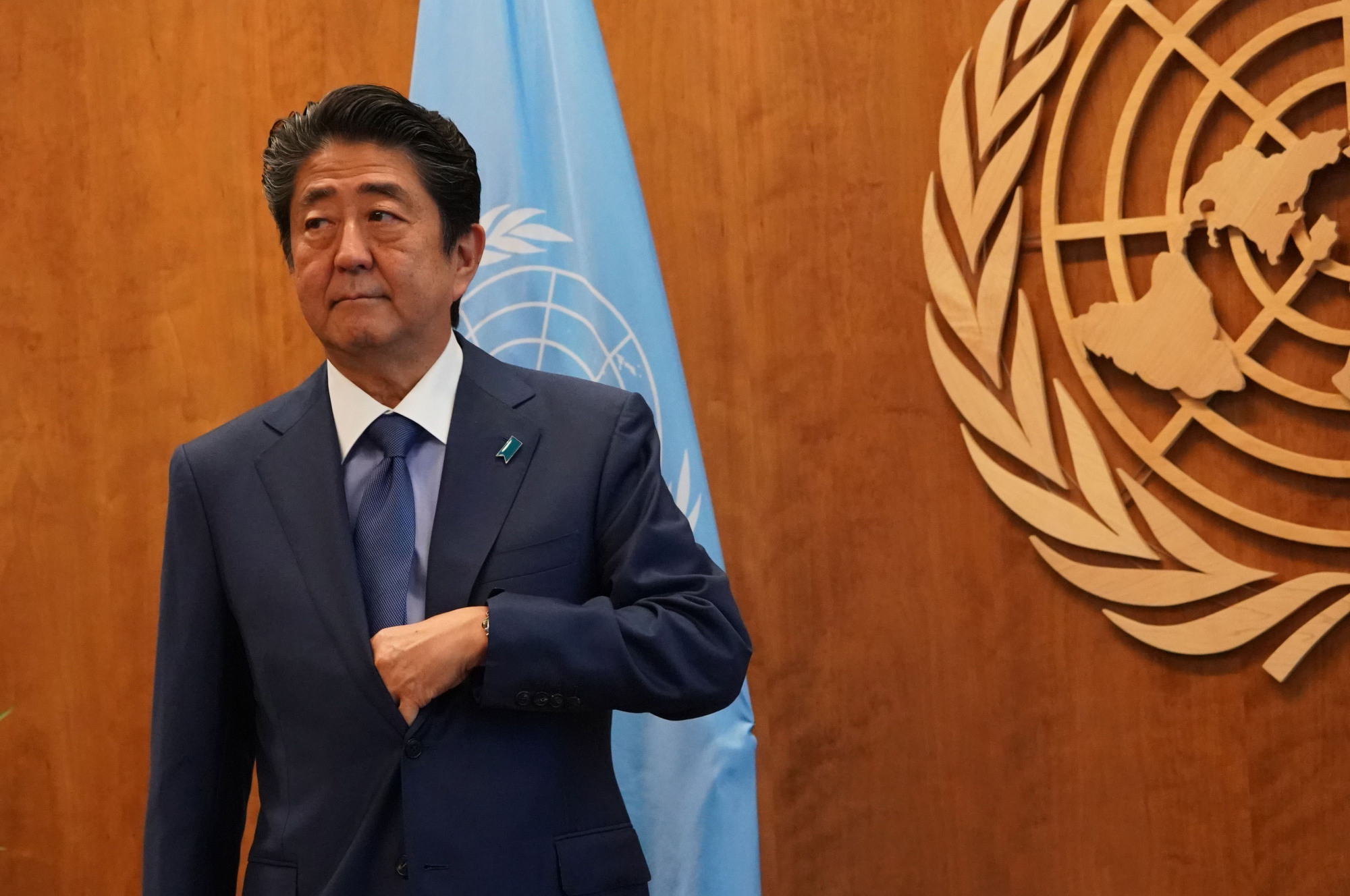A presidential system like that of the United States sets the maximum tenure that a president can serve. In South Korea, the maximum tenure is a single five-year term, while in the U.S. a president can serve up to two consecutive four-year terms (for a total eight years). In Japan, which has a parliamentary Cabinet system, there is no maximum tenure for a prime minister. But there are rules in the governing party that set term limits for the party leader (president in the case of the Liberal Democratic Party). Under the parliamentary Cabinet system, the top leader of the ruling party will in principle head the administrative branch as prime minister. In practice, the term of the ruling party chief sets the tenure of the prime minister.
Previously, the LDP, the main party in the ruling coalition, set the maximum tenure of its president to two consecutive three-year terms (for a total of six years). The past long-running LDP-led administrations in recent history, such as Prime Minister Yasuhiro Nakasone's (1982-87) and Prime Minister Junichiro Koizumi's (2001-2006), ended in just shy of six years.
At a party convention in March last year, however, the LDP revised the party rules to make it possible for a prime minister to serve three consecutive three-year terms. Prime Minister Shinzo Abe, who won his third-term as LDP chief in the Sept. 20 party election, can theoretically stay in office through September 2021. If he serves out his third term, he will have surpassed the record of Prime Minister Taro Katsura in the early 20th century of having the longest-running administration in Japan's modern history.


















With your current subscription plan you can comment on stories. However, before writing your first comment, please create a display name in the Profile section of your subscriber account page.